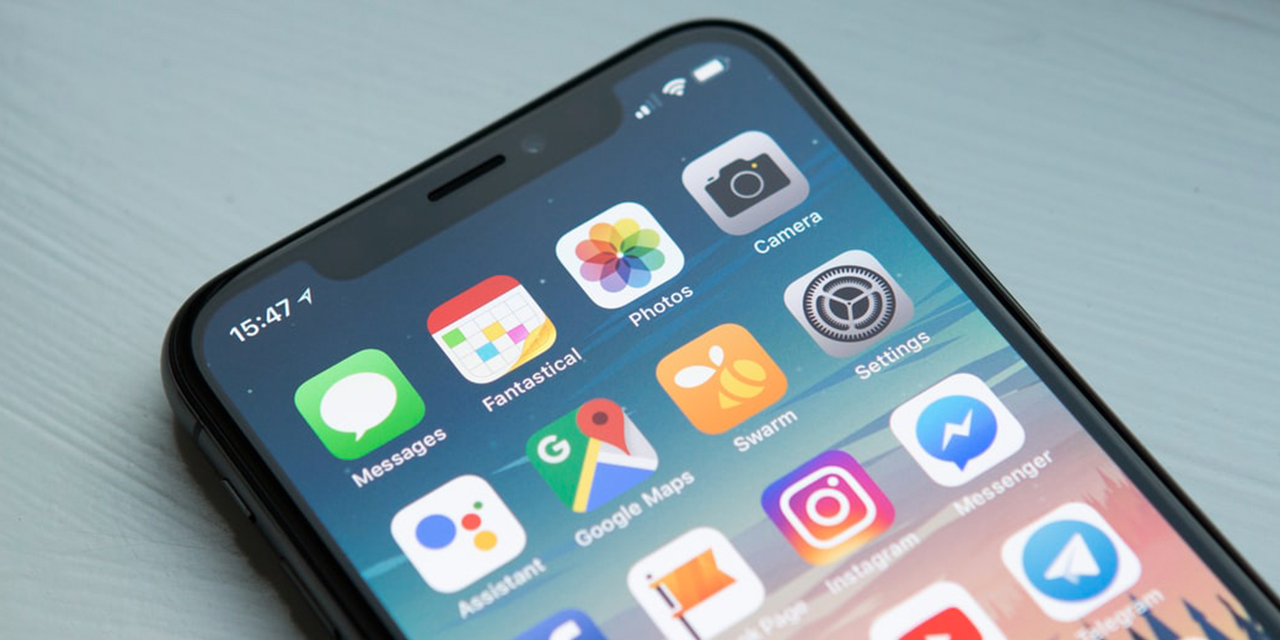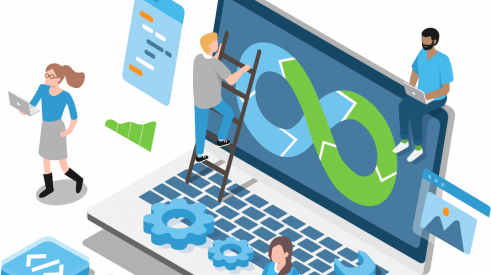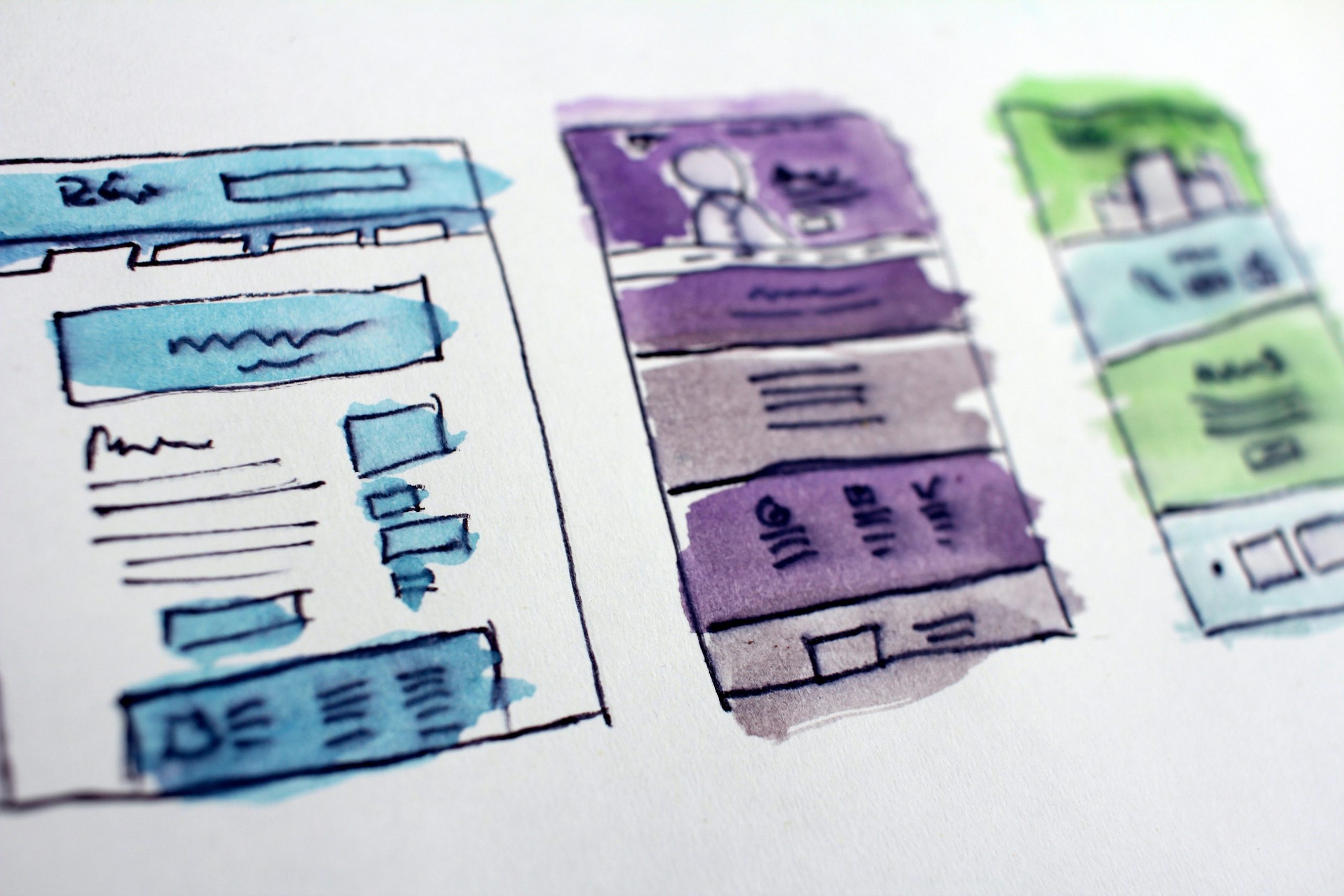Vous souhaitez développer une application mobile?
Contactez-nousThe mobile app industry is on a roll. There are more than 3.4 million such apps in the Google Play Store alone. The same goes for Apple and its App Store, which features more than 2.2 million applications. And hold on—that’s without counting other providers like Amazon or Microsoft. The popularity of these apps is not surprising: the number of smartphone users will quadruple between 2012 and 2023, going from 1.06 to 4.06 billion users (Statista). It goes without saying that mobile apps are here to stay. In this context of extreme competition, delivering a high-performance application is an obligation. And let’s not forget that users are spoiled for choice: tens of thousands of apps are added to various services every month. So, how can you make sure yours has a chance to stand out? One key lies in optimizing its performance. Let’s take a look at how to tackle this major challenge with a few useful tips.
1 – Reduce loading time
When a user has finally decided to download your app, you don’t want to disappoint them. Your customer has entered the restaurant but hasn’t ordered yet. If the service is slow, you can be sure of one thing— they’ll leave. In addition, technological advances have trained us to consume at a rapid pace. Everything is instant, and if not, our attention drifts. That means that companies have to be proactive to increase a mobile app’s retention rate. When a client opens your application, the first thing they notice is how fast everything loads and how smooth the whole experience is. The ideal loading time for a mobile app is less than three seconds. That’s three short seconds from the moment the icon registers a click until the application is operational. There’s almost no room for error when developing a high-performance app. Fortunately, there are many ways to decrease the wait time, such as using a cache system.
Using a cache system for information that rarely changes or that will often need to be reloaded is an excellent way to develop a high-performance mobile application. It can help give the impression that everything loads quickly: precompute or launch asynchronous tasks to display results faster and/or at the right time —Christophe Roberge, Back-End Developer at Libéo
2 – Choose the right technology
Every digital project is powered by one or more technologies with their own unique features. The success of your mobile app depends in part on whether you make an informed choice as to your application framework. “A mobile development framework is a software framework that is designed to support mobile app development. It is a software library that provides a fundamental structure to support the development of applications for a specific environment.” —Wikipedia.
There are three categories of frameworks:
- Native, for developing applications on a specific platform or device. Its main advantages are excellent performance, a native interface and access to the device’s features
- Mobile or Web, which deliver web pages on various web platforms for any device. Its main advantages are easy maintenance, no shortage of space for users and good performance on all devices
- Hybrid, which combines elements of Native and Mobile/Web frameworks. Its main advantages are related to loading speed, lower development cost and its code, which is easier to maintain
Although not mandatory, these frameworks provide many advantages that will help your mobile app perform better. Here are a few examples:
- They provide a solid structure that is perfectly aligned with the latest industry standards
- They guarantee that your app will have a certain lifespan, since they’re easier to support
- They accelerate development by providing a cost-effective solution that reduces the costs associated with training (free documentation) and time spent coding
Here are a few examples of excellent frameworks for mobile app development that have proven their value to Libéo, in no particular order:
- React Native
- Flutter
- Xamarin
- Angular
- Ionic
- JQuery Mobile
- NativeScript
The most important thing to remember is to choose a technology that is appropriate for your project.
3 – Plan an engaging UX/UI
You’ve probably heard the expression “the customer is king.” Well, in design, it’s even more true. When designing your app’s user interface (UI), it’s important to take several things into account to make sure that the user experience (UX) will be positive. The goal is to create a positive perception of your app’s performance. Here are a few questions to guide you in designing your mobile app:
- Have I collected demographic data? You can’t create a successful mobile app without knowing who will use it every day!
- Is my interface suitable for all devices in both landscape and portrait?
- Have I taken the time to properly analyze my conversion funnel to understand where users are abandoning, so I can apply fixes and improve the experience?
- Have the selected images been compressed, resized and optimized to reduce the required bandwidth?
- Do I have a heat map installed that shows me where users type in my app so I can optimize its interface?
- Does my app have just the essential features? If there are too many features, they’ll slow down your app and you’ll suffer the consequences when it comes to overall performance.
- Is my app easy to navigate and clear? The way the information is structured must be clear and the app should show the way, letting the user know where they are at all times.
- Is the font easy to read? When choosing what to display on a mobile device, accessibility should always come first.
4 – Working in Agile mode
The Agile development method features an iterative and incremental approach. That means that projects—in this case, a powerful mobile app—are built step by step. Unlike that of a traditional project, this approach allows you to intervene at any time during the development cycle to adjust the course if necessary. Overall, using the Agile development method will result in a higher quality mobile app, because being agile means that efforts can be refocused on the right places and priorities at any given time. In the past, the way things were done was to fully develop functionalities, then test them, find the bugs and send them back to the development team for analysis and correction. That caused the developers a lot of trouble, because the functionalities could have been coded well before in a different context. With Agile, functionalities are created bit by bit and tested along the way. Quick prototyping makes a huge difference when it comes to creating a successful application.
Main benefits of working in Agile mode:
- Superior product quality
- Smooth project management
- Better return on investment
- Accelerated development
- Reduced risks for the client
- Increased user satisfaction
5 – Don’t go too big
Unlike computers, smartphones have limited storage space. Of course, that reality will change with the arrival of new devices like the iPhone 12 Pro and its maximum storage capacity of 512GB. However, the size of a mobile app remains a major concern in terms of performance. Luckily, 5G is becoming commonplace in industrialized countries, meaning that download speed is higher than before. But many markets still have to deal with more restrictive 2G or 3G connections. Imagine having to download a large app with limited internet access and not much data. If you want to improve the performance of your mobile app, you should definitely think about its installation size. The bigger it is, the less accessible it’ll be. To give you an idea, here are some popular mobile apps on iOS right now:
- Facebook: 278.9 MB
- Instagram: 175.4 MB
- Netflix: 81.6 MB
- TikTok: 308.3 MB
- WhatsApp: 170.2 MB
On average, an iOS application is around 35 MB, while an Android app is around 12 to 15 MB. The above examples are exceptions to the rule that these high-profile brands were able to get away with. If your brand isn’t as famous as the ones listed above, you’ll definitely want to aim for under 50 MB to maximize the performance of your app. Otherwise, your mobile app will be the first one deleted when storage space becomes scarce. Remember that download and installation times are important. The larger an application, the less attractive it is to a user. It might require Wi-Fi access and push the user to turn to a different app. In addition, large application size is negatively correlated with conversion rate and deters users. As the official Android documentation states, the accessibility of an application is a major issue that has a direct impact on its performance. In this article (2017), Sam Tolomei from Google Play refers to an eye‑opening statistic: “We found that the download completion rate of an app with an APK size of around 10MB will be ~30% higher than an app with an APK size of 100MB.”
Bonus: Adopt industry best practices
In addition to taking note of the key points listed above, adopting industry best practices greatly increases your chances of building a successful mobile app. Below you’ll find some additional tips on this topic.
Using a content delivery network (CDN) speeds up the application programming interface (API). The network delivers and displays information from another application in a simple and complete form. Since the API uses a server whose location is closer to the user (CDN), lag time is reduced, which helps the app perform better.
And here’s another tip related to the API:
Not doing computation work directly in the app, when it could be handled by an API, is a great way to end up with a high-performance mobile application —Christophe Roberge, Back-End Developer at Libéo
Another smart idea is to create an offline mode for your mobile app. There are plenty of advantages:
- Faster loading, because the application isn’t loading anything remotely
- Better user engagement and retention rates
- The battery lasts longer thanks to fast charging and efficient data management
- No need to rely on internet providers, which can be useful when travelling
Here’s one last suggestion from a Libéo expert that will put you on the right track:
It’s important to check the performance of your app using different key performance indicators (KPIs), such as loading time, screen resolution, crash reports or even the devices used —Jean-Philippe Auclair, Director of Innovation and Technology at Libéo




